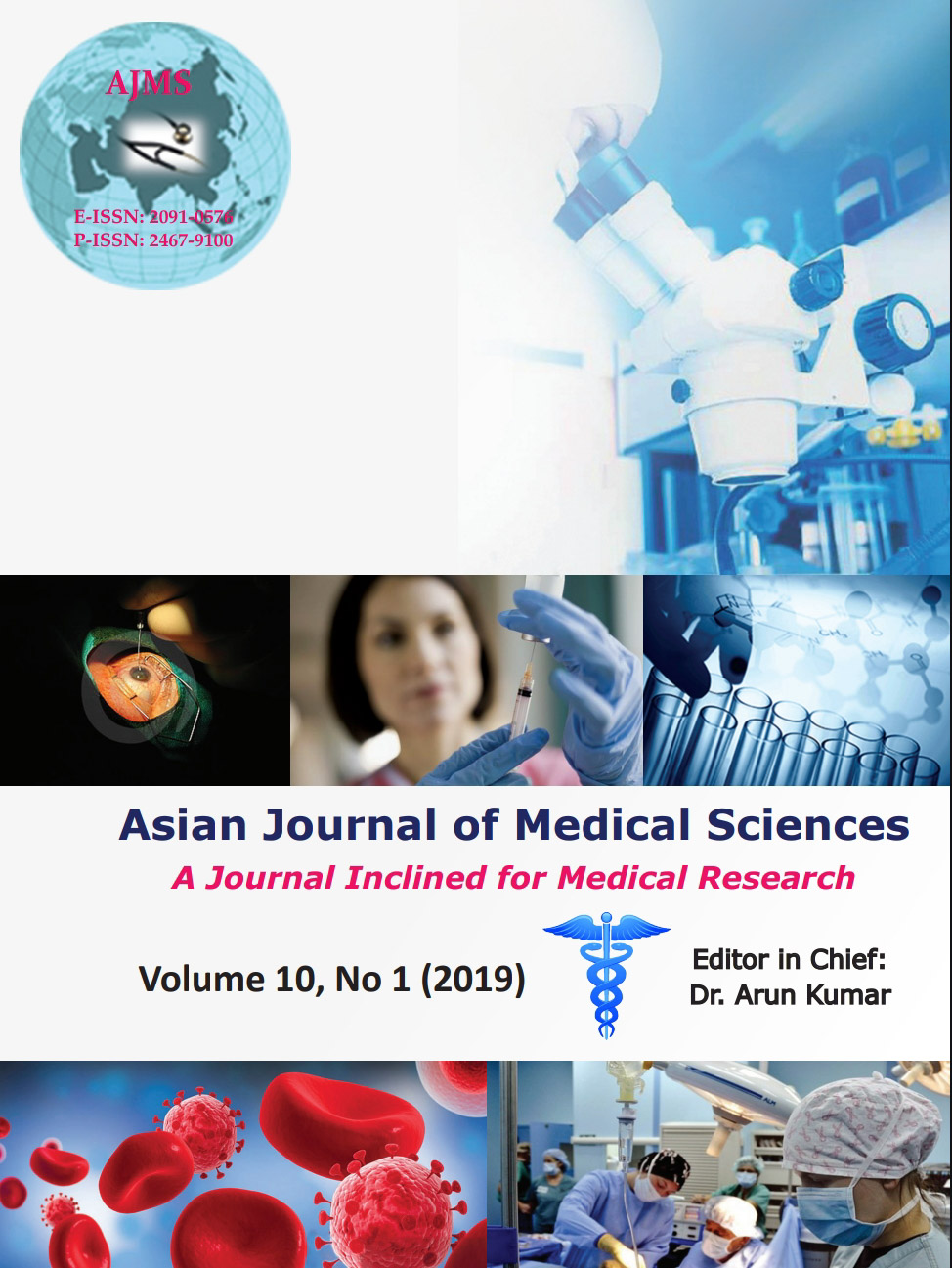Morphological spectrum of atherosclerotic lesions in a tertiary care Institute in Punjab
Keywords:
Atherosclerosis, Coronary artery, Risk factors, PlaqueAbstract
Background: The incidence of coronary artery disease (CAD) has risen considerably in developing world due to industrialization, urbanisation and lifestyle changes, especially among Indians and South Asians. The onset of CAD has been seen to occur at an early age and the severity of the disease and mortality associated with CAD has also increased. The pathology of atherosclerosis needs to be re-evaluated to develop targeted therapy which can contain the disease process at the earliest stage.
Aims and Objectives: Most of the morphological studies on atherosclerosis have been done on autopsy cases. In this study, we have analysed the morphological spectrum of atherosclerotic lesions in live patients.
Materials and Methods: We retrospectively analysed the histopathology slides of 85 cases whose endarterectomy plaques were received in the Department of Pathology over a period of three and half years (January 2014 to June 2017) and classified the lesions according to Modified American Heart Association classification of atherosclerosis.
Results: The average age of patients was 60 years and male to female ratio of 4.3:1. Left anterior descending artery was the commonest vessel involved (52.4%). Majority of the cases had fibrocalcific plaques,followed by fibrous cap atheroma and calcified nodules.
Conclusion: Coronary artery plaques were found even in patients less than 40 years old. Aggressive lipid defense therapy needs to be the cornerstone of management of CAD.
Downloads
Downloads
Published
How to Cite
Issue
Section
License
Authors who publish with this journal agree to the following terms:
- The journal holds copyright and publishes the work under a Creative Commons CC-BY-NC license that permits use, distribution and reprduction in any medium, provided the original work is properly cited and is not used for commercial purposes. The journal should be recognised as the original publisher of this work.
- Authors are able to enter into separate, additional contractual arrangements for the non-exclusive distribution of the journal's published version of the work (e.g., post it to an institutional repository or publish it in a book), with an acknowledgement of its initial publication in this journal.
- Authors are permitted and encouraged to post their work online (e.g., in institutional repositories or on their website) prior to and during the submission process, as it can lead to productive exchanges, as well as earlier and greater citation of published work (See The Effect of Open Access).




